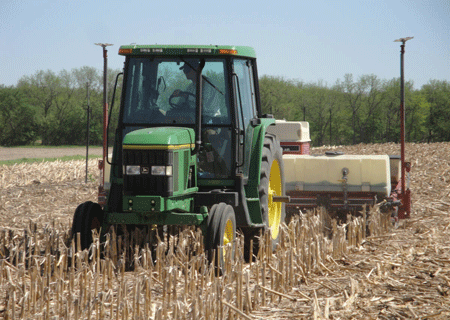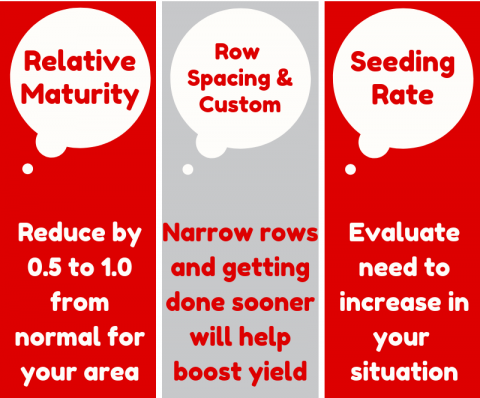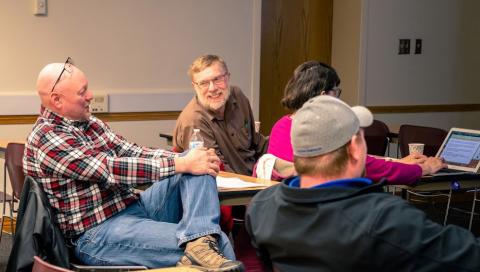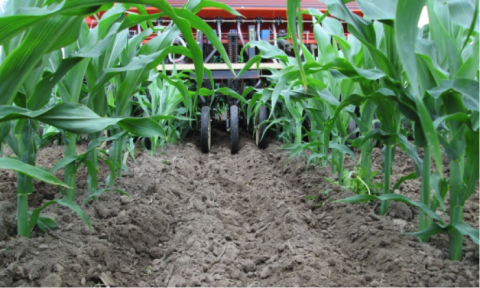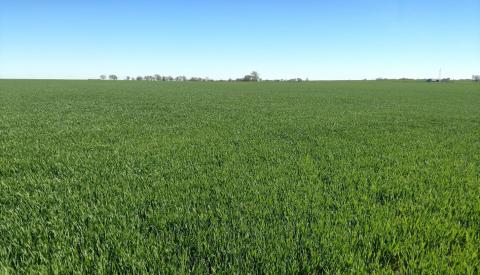Corn Hybrid Maturities and Late Planting
June 13, 2019
Still planting corn and wanting to change to a different hybrid maturity? Here are some things to consider and a tool that can help you assess which hybrid options are likely to mature before an average fall freeze date for your location.
Strategies with Delayed Soybean Planting
June 13, 2019
Adjusting soybean planting practices (row spacing, seeding rate and the use of custom planting) and relative maturity of the variety can help maximize yield potential when planting after mid-June.
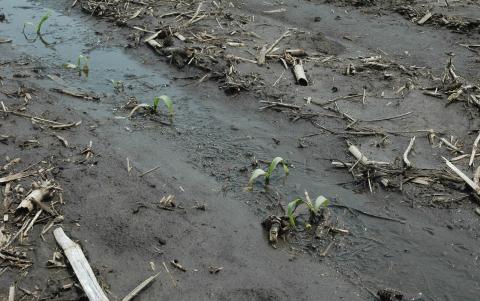
Corn Establishment and Growth in Saturated Soils: A Brief Review of New Research
May 31, 2019
How long can seedling corn survive under flooded conditions? A review of current scientific literature offers new understandings of when and how plant injury occurs and what factors affect it.
Study Highlights Motivations and Impact of Participating in an On-Farm Research Network
May 31, 2019
Forty Nebraska growers participating in the On-Farm Research Network recently shared why they conduct on-farm research and what it's meant to be part of a group of researchers. The results, published in the Agronomy Journal, illustrate a range of benefits, including cost savings and economic gains.
Interseeding Cover Crops into Corn or Soybean
May 23, 2019
在一些年它可能很难建立h a cover crop after corn harvest. This article surveys current research on interseeding into an established crop, further considerations, and how to test this practice on your farm.
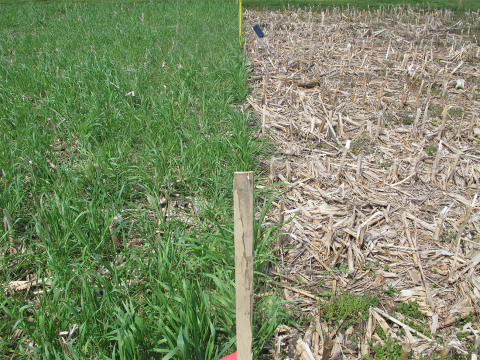
Soybean Germination/Emergence with April Planting Dates Relative to Coincident Air and Soil Temperatures in April and May
May 16, 2019
A closer look at air and soil temperatures in April and soybean germination and emergence from 10 planting dates did not find chilling injury, despite periods below 50°F. Further research is needed to better understand the imbibitional period in soybean.
With Delayed Corn Planting, Is It Time To Switch Maturities?
May 9, 2019
Research suggests that staying with a full-season hybrid until late May often provides the best yield. If planting is delayed to late May or early June, consider a medium-season CRM might be considered.
Eastern Nebraska Winter Wheat Update
May 3, 2019
Wheat in eastern Nebraska is behind normal growth stage, but has good yield potential. Weather in late May and early June, as wheat enters the critical grain fill stage, will likely dictate final yield.


